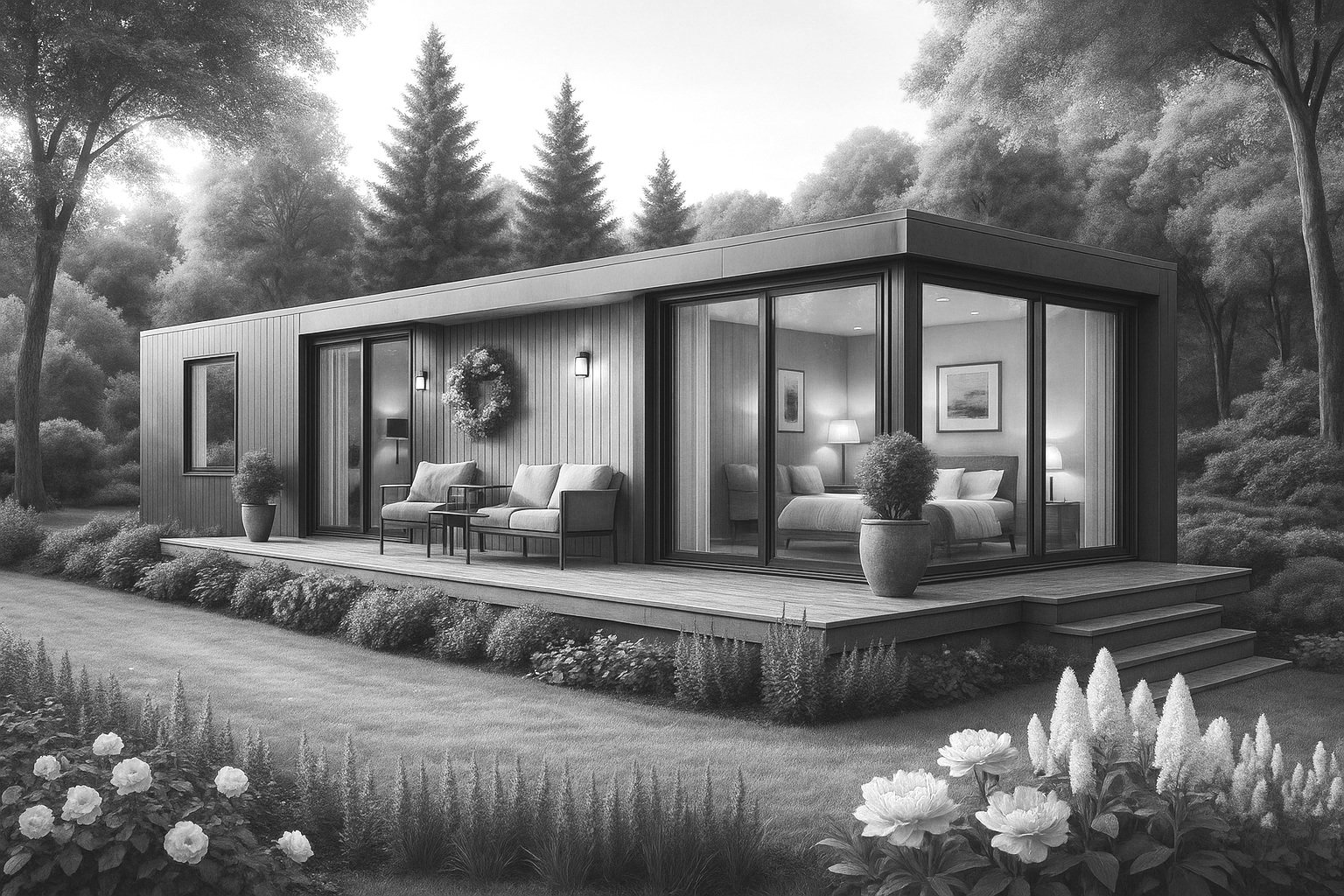Step-by-Step Guide to Building Private Storage Units in Malaga or Marbella
The growing demand for private storage spaces in Málaga and Marbella has turned storage units into a valuable asset for homeowners, developers, and residential communities. Building private storage rooms is not just about putting up walls — it requires planning, regulatory compliance, and functional design to ensure safety, accessibility, and durability. In this guide, we explain how to develop a private storage project from the initial analysis to final delivery, including costs, licenses, and efficient design.
1. INITIAL PLANNING AND FEASIBILITY ANALYSIS
Before starting the construction of private storage units, it’s essential to properly evaluate the site and the applicable regulations:
Location: Analyze whether the plot or property allows the construction of storage units, considering access and local regulations.
Available space: Consider options such as underground storage units, surface-level rooms, or garage-based storage, depending on use and accessibility.
Demand and size: Determine how many private storage spaces are needed and their average surface area (typically between 3 and 6 m² per unit).
Urban and construction regulations: Check all permits and licenses for building storage units according to the local PGOU and municipal ordinances, including height, access, ventilation, and fire safety requirements.
A solid preliminary study ensures both profitability and legal compliance for the private storage project.
2. EFFICIENT ARCHITECTURAL DESIGN
Design is key to making storage spaces practical, secure, and long-lasting:
Layout: Wide corridors that allow easy access to each unit without interference.
Ceiling height: Generally, 2.20–2.50 m, suitable for vertical storage.
Access: Wide doors, secure locking systems, and accessibility for carts or small transport vehicles.
Lighting: Preferably natural light through skylights or cross-ventilation, combined with efficient LED lighting.
A well-planned modular private storage design not only improves user experience but also increases the value of each unit within a residential storage project.
3. MATERIAL SELECTION AND CONSTRUCTION
Durability and safety depend on the quality of materials and construction techniques:
Structure: Reinforced concrete or high-strength blockwork.
Finishes: Moisture-, impact-, and fire-resistant materials.
Doors and locks: Metal with anti-intrusion protection, optionally with electronic access control systems.
Floors: Non-slip and easy to clean, preferably resin or technical tile.
Waterproofing systems for underground or humid areas.
Flat or ventilated roofs to prevent condensation and allow maintenance.
The cost of private storage construction varies depending on size, location, and materials, but good material selection ensures low maintenance, long life, and high profitability.
4. VENTILATION AND ENVIRONMENTAL CONTROL SYSTEMS
Ventilation is often overlooked but essential to preserve stored items, especially in underground private storage units or poorly ventilated spaces:
Natural ventilation through grilles or skylights.
Mechanical systems for closed basements.
Humidity control using built-in dehumidifiers or thermal insulation.
Good design prevents moisture, mold, and deterioration, increasing both functionality and value of the private storage.
5. SECURITY AND ACCESSIBILITY
Private storage units for rent must inspire confidence and deliver value:
Surveillance cameras and electronic access control systems.
Automatic lighting in corridors and common areas.
Clear signage and emergency exits.
Accessibility compliance not only meets regulations but improves everyday use.
Building secure private storage units enhances perceived value and increases occupancy rates.
6. LICENSES AND PERMITS
Before starting construction, it’s necessary to obtain the proper permits and licenses for building storage units, such as:
Municipal building permits.
Fire safety and regulatory compliance certificates.
In some cases, community approval if the project involves an existing residential building.
Complying with these requirements prevents penalties and ensures the project is legal and safe.
7. CONSTRUCTION AND TECHNICAL SUPERVISION
Each private storage project must follow an organized process supervised by an architect:
Earthworks and foundation.
Wall and structure construction.
Electrical, lighting, and ventilation installations.
Finishes, waterproofing, and coatings.
Door and security system installation.
Testing ventilation, lighting, and accessibility.
Tip: A turnkey private storage project helps optimize time and cost, ensuring professional results.
8. EXTRA TIP: TRANSFORMING RETAIL SPACES INTO STORAGE UNITS
A popular option in Mijas or Estepona is converting existing retail spaces into private storage units — ideal for underused or vacant premises, generating passive income with minimal management. The advantages of building private storage units for rent include:
High profitability with low investment.
Constant demand due to limited space in homes.
Simple maintenance and low operating costs.
Possibility of selling or professionally managing self-storage units.
Building private storage units in Málaga, Marbella, Mijas, or Estepona not only solves space issues but also adds real estate value and appeal to any residential or commercial property.
At Munoz Barcia Architects, we develop each private storage project from concept to completion — design, permits, construction, and management. If you’re considering transforming a retail space into private storage units or starting a new residential storage project, contact us for a free consultation.
Hello I am Javier Muñoz Fuentes, Architect registered 1856 COA Málaga. Let me know how may I be of assistance…You will find me calling at + 34 654 00 11 69
Hello I am Crisanto Barcia Garcia, Architect registered 1501 COA Málaga. If you have any further question about this post, do not hesitate to call me at +34 678 478 993

















